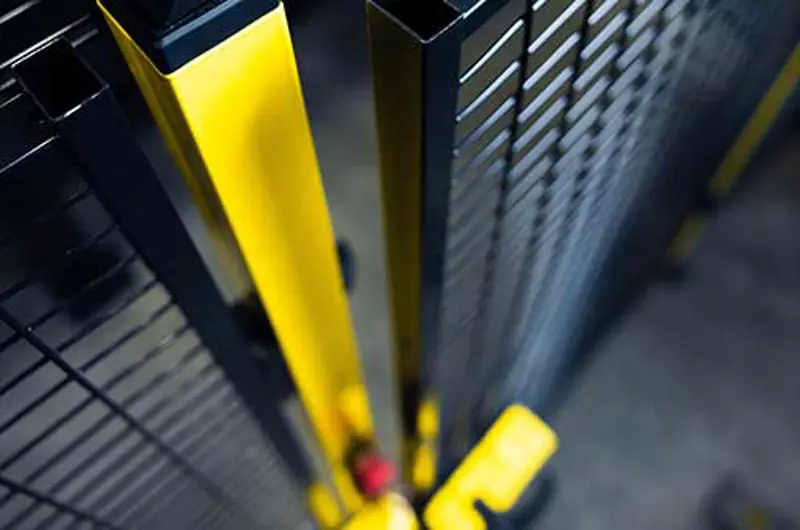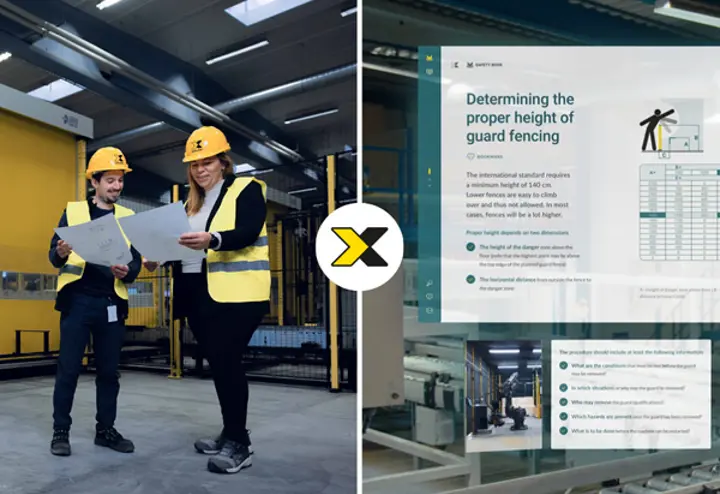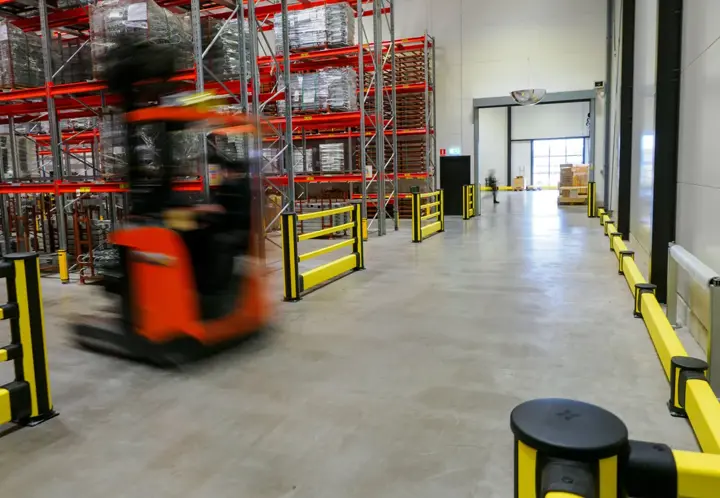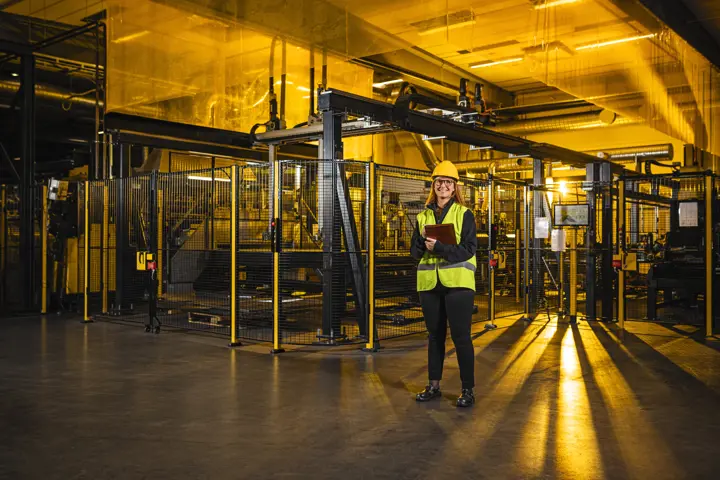-
Machine Guarding

Machine guarding
Axelent is one of the market's leading manufacturers of machine guards. The complete system that we deliver meets current directives and standards.
-
Warehouse
Axelent is one of the market’s leading brands of mesh panels for industry and warehouse environments
Axelent is one of the market’s leading brands of mesh panels for industry and warehouse environments. Our products and systems ensure flexible and quick-fitting solutions at all stages from drawing preparation to final product assembly.
Separating walls and cage solutions
Prevention of falling goods - pallet racks
Fall protection system
Mesh shelving
-
Impact

Impact protection
X-Protect is Axelent's range of impact protection. We offer all impact protection you need, from bollards to safety barriers, column guards and pedestrian barriers.







